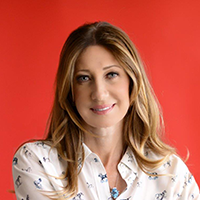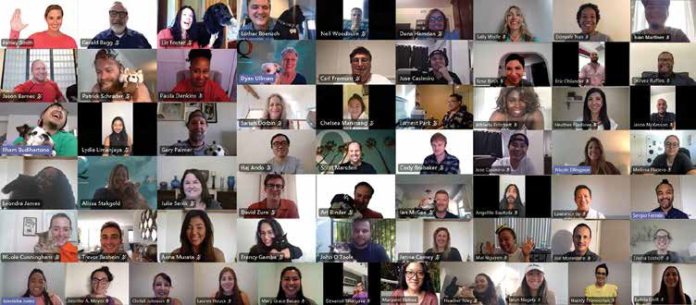
YOUNG: It starts with the founders. But I must say that when my business partner Gerald Bagg and I started the company over 18 years ago, we really never considered diversity and inclusion as an issue. We just wanted the best people for the job. And we felt that if we found the right people, provided them with the tools they needed, and created a collaborative and nurturing environment to thrive in, then our business would succeed. This proved to be a winning formula for us. It was only later on, when we saw that many other companies were struggling to achieve diversity, that we realized we had actually created something very special through natural evolution.
How exactly does your leadership team play a role in diversity?
YOUNG: Obviously, it is critical that leadership understands the importance of maintaining a diverse culture. If you have leadership that is reflective of the diversity within the company and in the community, that goes a long way toward attracting others. Our two co-presidents are a woman and a Black man, our CFO is a Black woman, and our executive creative director is a woman. None of this was intentional. We truly just looked for the best people for these positions. And, it makes a definitive statement that when you have a senior leadership team that is diverse, it’s an internal and external acknowledgement that diversity is natural, welcome, and expected.
How important is cultural fit in the hiring process?
YOUNG: One of the areas that I think has gone a bit sideways is the notion of companies seeking a cultural fit in bringing on new staff. When hiring employees, you hear people say, “Well, I am looking for people who are a good cultural fit for the company.” But if your definition of cultural fit is finding someone who looks and acts like you, then you are not going to be diverse. “Cultural fit” is a term and a notion that can backfire. Of course, you want people who can understand your culture, but you also want people who can contribute to it, even alter it and take it in new directions.
Can you please talk about unconscious bias and how it can affect the hiring process?
YOUNG: Unconscious bias is very damaging. It stems from the fact that many times, people look to hire others with whom they feel comfortable, and many times that ends up where they hire people who perpetuate the systemic bias. I mentioned that HR is very important, and it is really necessary to have the right people in HR roles so that the process can begin very early on in the recruitment phase and then diversity can start off positively and flourish. We have hired nine new employees in the past two months, seven of whom identify as non-white. Each were the most qualified candidates and they got the jobs. I look at that and know we are doing something right.
Is Los Angeles a good place for diverse hiring?
YOUNG: Los Angeles is such a diverse environment – there are so many different cultures and different people that if you are hiring without unconscious bias, then you should have no problem creating a company that is reflective of L.A. and of the world in which we live.
Are there some takeaways that you can share with us in terms of maintaining a diverse culture?
1. Make sure that you have the right HR people in place.


